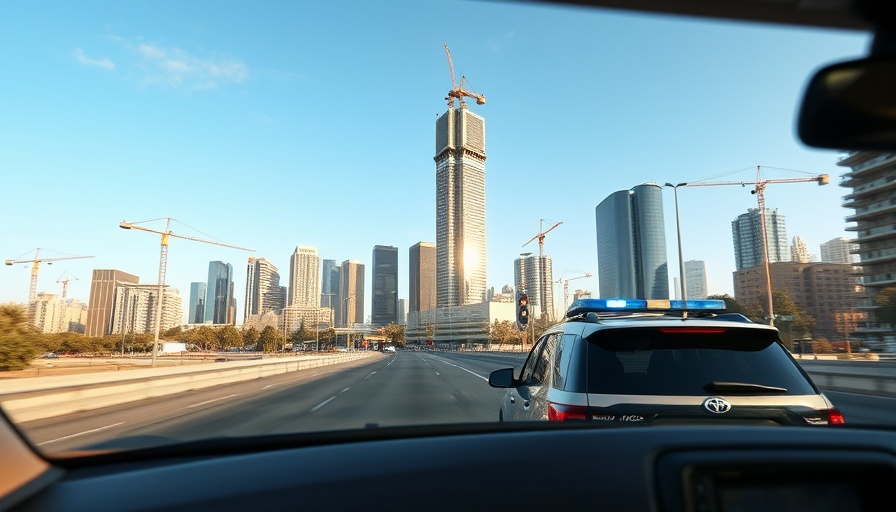
The growing presence of artificial intelligence in public surveillance raises pressing questions about privacy, government accountability, and the ethical ramifications of technology in our cities. In Chihuahua, Mexico, a significant development looms: the Torre Centinela, a 20-story watchtower designed to centralize a complex AI-driven surveillance network known as Plataforma Centinela. But as this ambitious project progresses, local activists are voicing their concerns, reminding us that the balance between security and civil liberties must be constantly negotiated.
Surveillance or Safety? Analyzing the Purpose of Torre Centinela
Once completed, Torre Centinela will serve as a high-tech command center, coordinating nearly 10,000 surveillance cameras and nearly 2,000 license plate readers across the state. Despite these advancements, community activists like Luis Mendoza highlight a vital point: should these resources be focused on surveillance or spent on community development initiatives, such as youth programs and education? The looming tower has earned the dubious title of “the eye of Sauron,” evoking a sense of dystopian oversight rather than public safety.
Public Accountability and Transparency in Government Spending
The secrecy surrounding the financial outlay for the $200 million project poses significant challenges. For Mendoza and his colleagues, the lack of information not only undermines public trust but also raises doubts over governmental priorities. “You don’t have a lot to work with,” Mendoza admits, reflecting the frustrations of citizens who want to see their money invested in meaningful local solutions.
Facial Recognition: A Double-Edged Sword
One of the most controversial elements of this surveillance network is its use of facial recognition technology. While proponents argue that this technology will enhance security and efficiency, critics worry about its implications for civil liberties. There are concerns about misidentification and bias, as well as the chilling effect that constant surveillance may have on public protests and dissent.
Local vs. Global Perspectives on Surveillance
This development in Chihuahua is a microcosm of a broader global trend: governments around the world increasingly rely on surveillance technologies in the name of security. However, a consistent theme emerges—communities everywhere are challenging these measures, advocating for transparency and representation in decisions that impact their lives. As cities like London and Beijing push for similar initiatives, Chihuahua serves as a critical case study on how communities can engage in these discussions.
The Future: Advocating for a Balanced Approach
The Torre Centinela project epitomizes the delicate balance between advancing technology for safety and upholding the rights of citizens. Mendoza and fellow activists argue that this project should not proceed without meaningful dialogue with those directly affected. By advocating for transparency, accountability, and ethical considerations, they highlight an essential path forward: blending cutting-edge technology with the community's human rights needs.
As the surveillance landscape continues to evolve, it’s crucial for citizens to educate themselves about these developments and participate in discussions regarding their implications for the future. By demanding accountability and transparency from our governments, we can work toward a society that values both safety and civil liberties.
 Add Row
Add Row  Add
Add 




Write A Comment